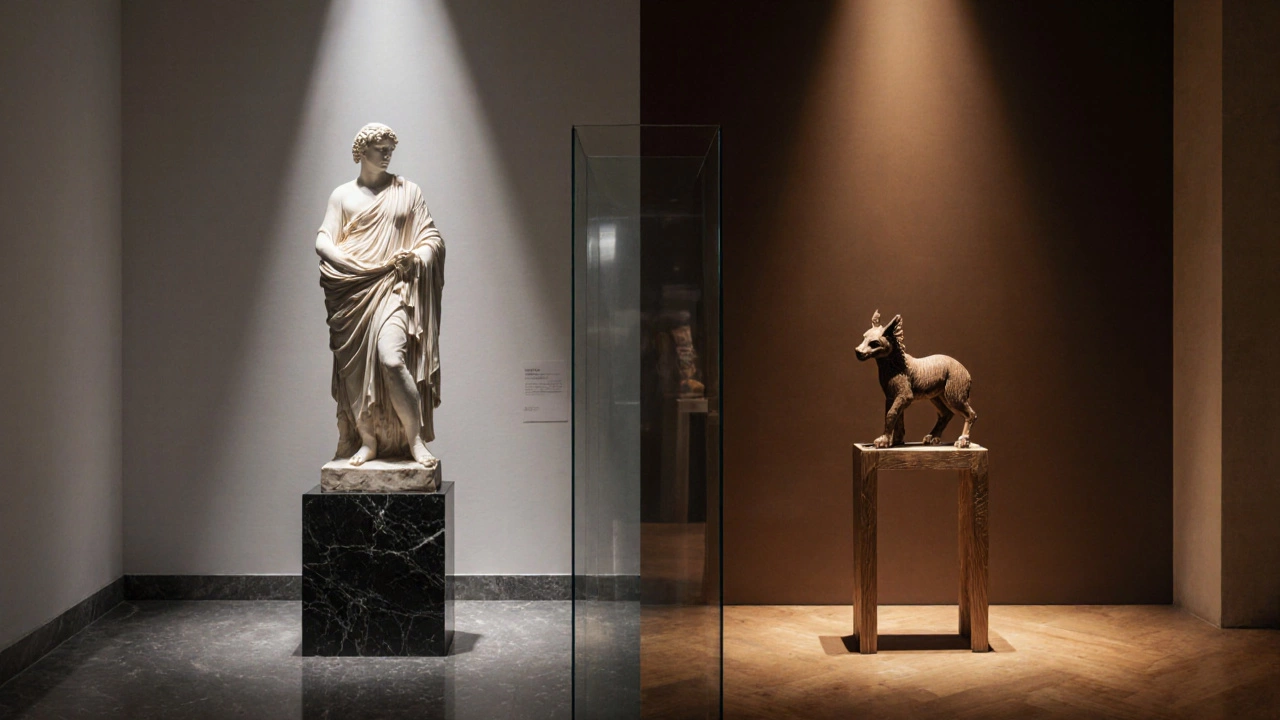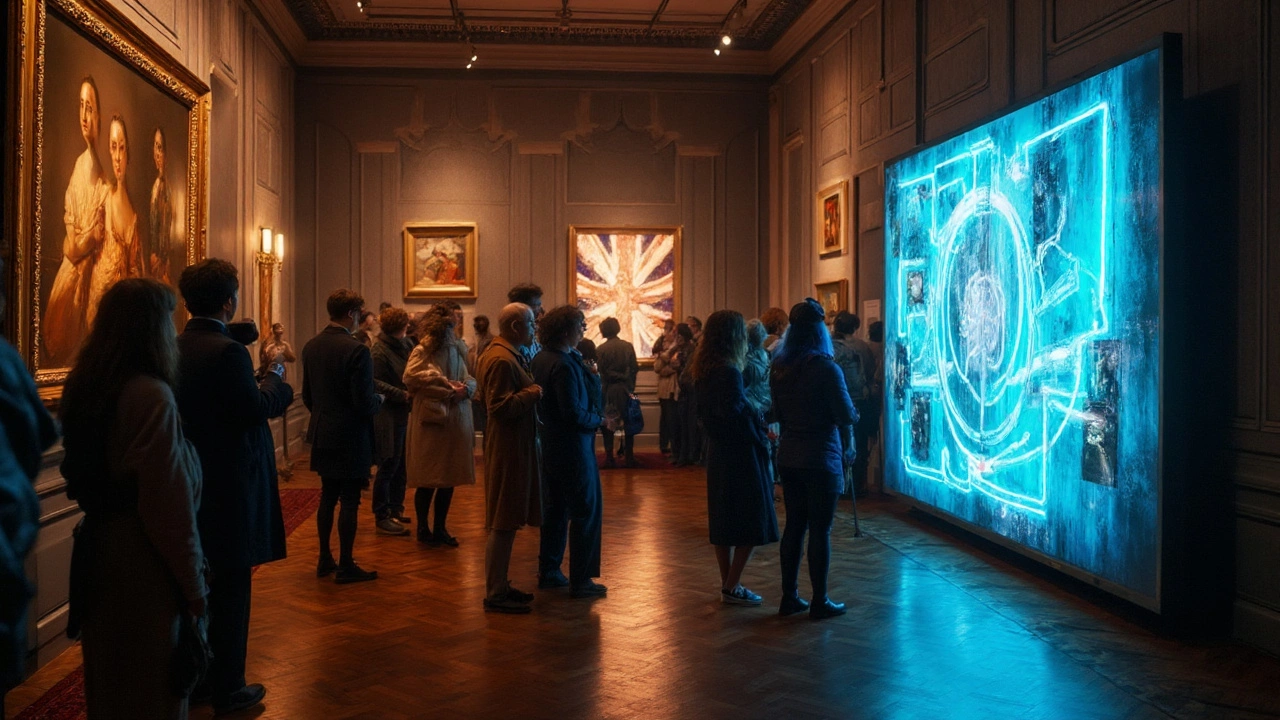Is Sculpture Fine Art or Craft? Exploring the Debate
12 Oct 2025Explore the fine art vs. craft debate for sculpture, learn key criteria, see real examples, and use a checklist to decide how a piece is classified.
Continue reading...If you love fine art, you know it’s more than pretty pictures on a wall. It’s about technique, history, and making smart choices that keep your work or collection thriving. Below you’ll get straight‑to‑the‑point advice that works right now, plus a quick look at what’s shaking up the art world.
Got a wet‑oil mistake? Instead of scrubbing the whole canvas, try a gentle glaze over the problem area. A thin layer of fresh oil paint can blend the error without ruining the underlying work. For dry layers, a light scumble with a dry brush can soften harsh lines before you repaint.
When you’re just starting with sculpture, pick cheap, readily available materials. Think plaster, cheap clay, or even reclaimed wood. They’re easy to shape, cheap to fix, and let you focus on form without breaking the bank.
Want a portrait that really hits? Focus on the eyes. Artists swear that the right eye detail makes a portrait feel alive. Spend a little extra time on the catch‑light and subtle shading – it pays off in the emotional punch.
If you’re new to watercolor, start with light washes first. Lay down a soft background, then build colour in layers. This avoids muddying the palette and gives you that luminous look most watercolourists chase.
Modern art and contemporary art get mixed up a lot, but the difference is simple. Modern art covers the period from the late 1800s to the 1970s – think Picasso’s “Guernica” and abstract experiments. Contemporary art is what’s being made today, often using digital tools, AI, or NFTs.
Abstract art isn’t just random splashes. It’s the artist’s way of communicating feeling without a literal subject. Look for colour relationships and repeated shapes – they’re the language of the piece.
Giclee prints are a fine‑art staple for collectors who want high‑quality reproductions. Spot a genuine giclee by checking the paper weight, colour accuracy, and a signed edition number. A real giclee holds value far better than a cheap poster.
Finally, keep an eye on the hottest trends: AI‑generated pieces, interactive installations, and sustainable art practices. These aren’t just buzzwords; they’re reshaping how we create, display, and buy fine art.
Whether you’re fixing a paint slip, choosing a cheap sculpture material, or figuring out the latest art trend, the key is to stay curious and keep experimenting. Fine art thrives on practice, so grab your tools and start creating today.

Explore the fine art vs. craft debate for sculpture, learn key criteria, see real examples, and use a checklist to decide how a piece is classified.
Continue reading...
Discover how fine art and contemporary art differ in history, medium, market and critical approach, with clear examples and a handy comparison table.
Continue reading...
Street photography often captures candid moments in public spaces, but is it considered fine art? This article delves into the debate, exploring the criteria that define fine art and how street photography fits into this framework. We'll look at the historical context, artistic intent, and presentation, offering insights into how photographers can elevate their street shots to fine art. Learn what makes a compelling street photograph and how to develop your unique artistic style.
Continue reading...